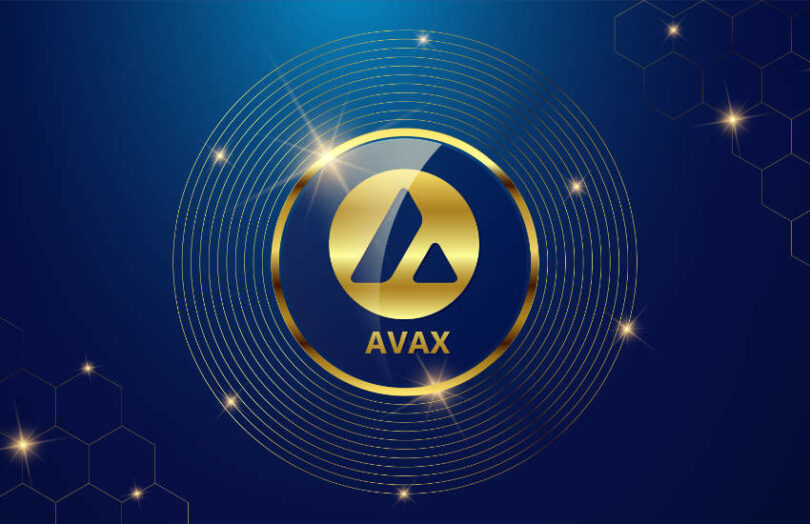The Avalanche Foundation, which governs one of the more business friendly public blockchain networks, has committed to spending $50 million on tokenized assets as part of the “Avalanche Vista” program to encourage greater adoption of its chain for tokenization. The money will go towards equity, credit, real estate, commodities, and blockchain-native tokens.
We’ve previously written about three tokenization projects on the Avalanche network.
“Spruce” is a permissioned test network being used for testing DeFi applications such as FX and interest rate swaps by by T.Rowe Price (AUM $1.3 trillion), Wellington Management (AUM $1.4 trillion), WisdomTree and DRW’s Cumberland.
In April, Securitize Capital tokenized part of a KKR fund on the main Avalanche blockchain. And in January, Intain launched IntainMarkets, a permissioned tokenized marketplace for asset backed securities and structured finance projects. Intain already had an admin solution that services $5.5 billion in assets for clients such as WSFS, UMB and Wilmington Trust.
One of the advantages of Avalanche for business are its subnets. ‘Evergreen’ subnets can be private permissioned chains where the validators are institutions. They are interoperable with the rest of the Avalanche public blockchain system.
Sounds great, but is it a good idea?
On the one hand this $50 million commitment is a very crypto style move to help develop an ecosystem, and sounds like a great idea. There’s no question that the intent is positive.
However, when it comes to regulated markets, there’s a need to tread extremely carefully. Some regulators are not keen on crypto intermingling with traditional finance (TradFi). Just getting regulators to entertain using a public blockchain for securities is a major accomplishment. Countless reports on financial stability risks repeatedly state that there is limited connectivity between crypto and TradFi which regulators view as positive for stability.
Even looking at some of the higher profile tokenization offerings, they are proceeding very cautiously, even if they ultimately have ambitious plans. Franklin Templeton has around $300 million in tokenized funds on Stellar and Polygon. But if you read the terms and conditions, investors are always dealing directly with Franklin Templeton and paying in the traditional manner.
Another issue relates to what is referred to as a crypto-asset. Banks are trying to keep clean dividing lines between securities, stablecoins and cryptocurrencies, because Basel capital rules are different for each. However, in the U.S., the SEC has classed them all as crypto-assets requiring them to appear on the balance sheet of the custodian. That’s not positive for tokenization.
Crypto projects such as Avalanche often use treasury funds to kick start network effects. When one blockchain foundation makes a move like this, others often follow. Hopefully Avalanche Vista will have the intended impact, but there’s a chance this one could have unintended consequences.






